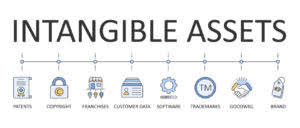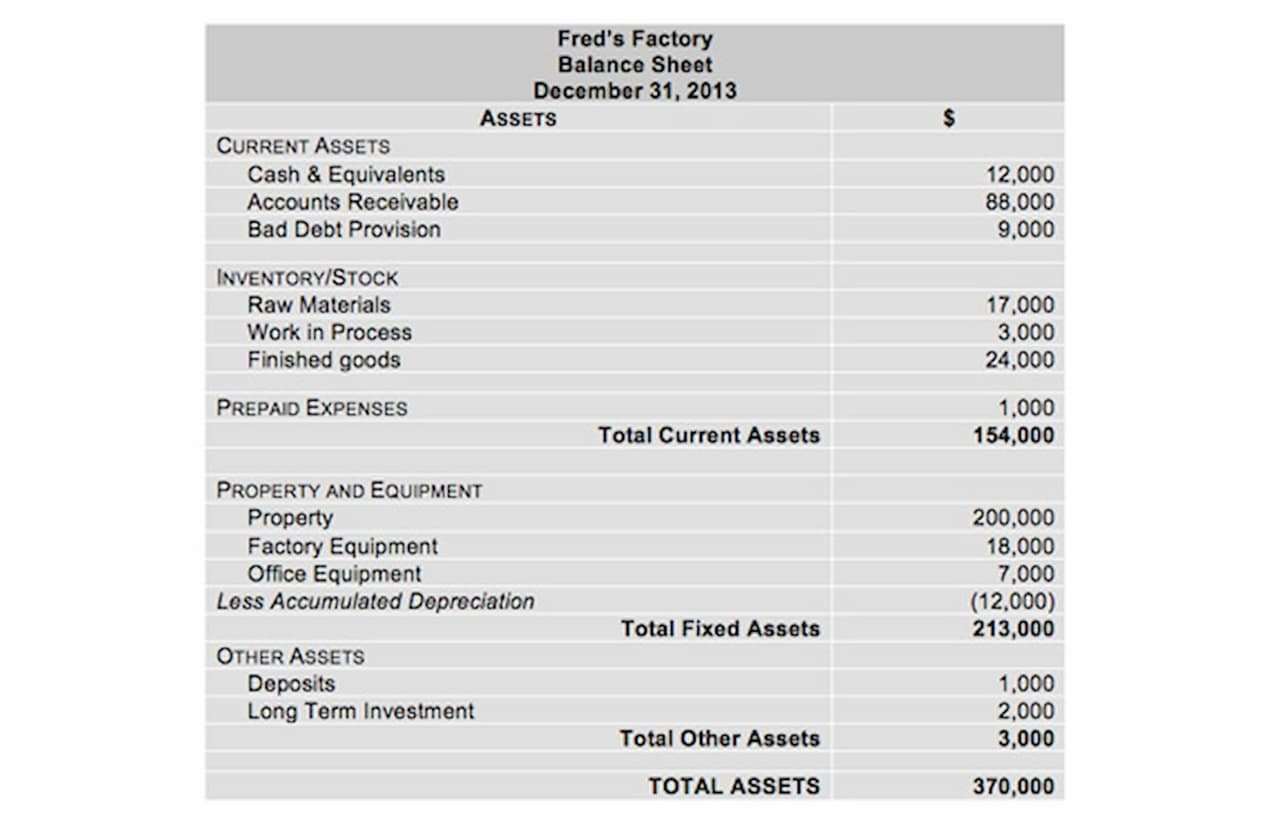By regularly analyzing your statement of activities and statement of financial position, you can make well-informed decisions about where to allocate resources and how to plan for the future. It ensures that you comply with accounting standards and regulations, such as the Generally Accepted Accounting Principles (GAAP). Nonprofit financial reporting is not just about balancing the books; it’s about providing clear, accurate, and timely information to stakeholders, including the board, donors, and the IRS. The Statement of Activities is a key report that shows how your nonprofit is performing over a specific period (usually a year). It details all the revenues and expenses, highlighting how resources are used to achieve the organization’s mission.
- Nonprofits use financial statements to comply with IRS regulations, build trust with donors, and plan for the future.
- The nonprofit statement of activities provides a clear breakdown of the revenue generated from donations and grants, allowing organizations to assess the effectiveness of their fundraising efforts.
- Net Assets, or the “change in net assets,” represents the difference between total revenues and total expenses for a given period.
- A cash flow statement tracks the movement of cash into and out of your organization.
Planning an Office Renovation Project for Beginners: An Introductory Guide
By analyzing the expense breakdown, stakeholders can gain insights into how the organization allocates its resources and make informed decisions regarding funding and budgeting. Cash basis accounting means that you record revenues and expenses based on when the cash moves in or out of your business. So, if a donor pledges to donate $5 per month, you record $5 of income each month when the donation is received, not when it is pledged.
Common fund structures for nonprofits
Any https://nerdbot.com/2025/06/10/the-key-benefits-of-accounting-services-for-nonprofit-organizations/ cash activity that doesn’t fall into the operating, financing, or investing categories, gets summarized in the supplemental section of the statement of cash flows. This part of the statement may include expenses related to interest payments, income taxes, and any non-cash transactions. MIP is today’s leading accounting software for nonprofits and government organizations. Designed to let you track unlimited funds and manage your books with ease, MIP Accounting® software offers a simple way to manage intricate financial processes in a single, user-friendly system.
Statement of Functional Expenses
Examples of these activities may include receiving contributions of fixed assets or securities, purchasing a building by incurring a mortgage, or obtaining an asset by entering into a capital lease. If you use accounting software, you’ll need to input all of the information manually. This can be time-consuming, but it’s not as expensive as hiring an accountant. Remember that the strength of your organization’s SOA is a reflection of its commitment to transparency, accountability, and mission-driven success.
Related AccountingTools Courses
Revenue with donor restrictions refers to any funds that donors have designated to specific initiatives, which the nonprofit can’t use as freely. Apart from a donor’s request, there are other reasons funds might be restricted. It could be based on time — for example, a grant that is restricted to only a two-year program — or this could refer to endowment funds, where the principal can’t be spent, only the investment income.
- This section highlights the difference between total revenues and total expenses, indicating whether the organization has a surplus or deficit for the period.
- It allows stakeholders to see the sources of revenue, such as donations, grants, and program fees, as well as the expenses incurred in carrying out the organization’s activities.
- Effective financial management is the backbone of a thriving nonprofit, ensuring stability, transparency, and informed decision-making.
- Yes, nonprofit organizations must follow the Generally Accepted Accounting Principles (GAAP).
- This approach prevents the premature recognition of funds that may need to be returned if the conditions are not satisfied.
The SOA contrasts an organization’s net assets with its income and expenses for a fiscal year. However, as you know a nonprofit is not like any other business, so it is no surprise that nonprofit financial reports are different. For nonprofit organizations, the financial report that meets the requirements for an income statement is called the Statement of Activities. Investigating the net assets over a specific period of time is an important part of planning the operating activities of a nonprofit. Determining how much surplus you have is essential for gaining insight into what your options are for adding resources into programs or fundraising.
Investment income
- Blue Avocado Accounting Procedures Manual Template is a great resource and guide for establishing accounting processes for your nonprofit.
- But a nonprofit calls the difference between revenue and expenses change in net assets.
- We’ll help you determine if outsourcing your accounting and bookkeeping is the right decision for your organization.
- The first step to having clear and transparent financial statements is to open a bank account.
- We consider that there is a time restriction on the funds allowing only 1/3 of the donation to become unrestricted in a given year.
The Statement of Cash flows is a relatively simple report that shows if your cash has increased or decreased across 3 segments of your business. The difference between Revenues and Expenses is reported as Change in Net Assets. Form 990 does not have to adhere to GAAP standards and contains additional information which, while relevant to the IRS, may be confusing for many of your stakeholders. This gives you and your stakeholders time to spot discrepancies and correct errors if necessary.











